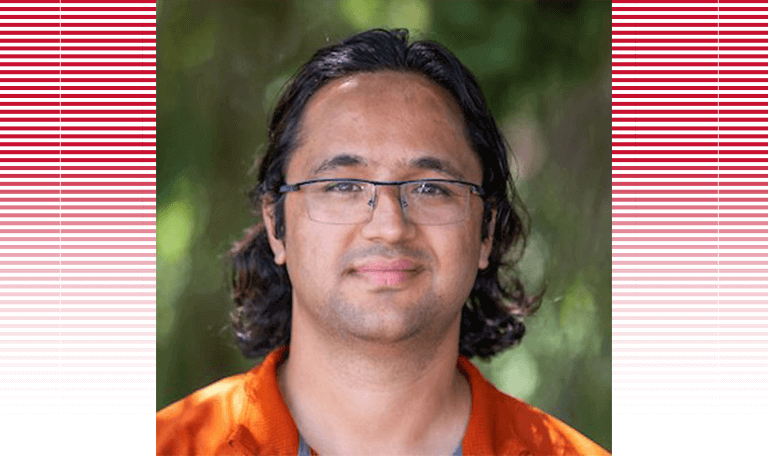What is biocultural diversity, and why does it matter?
Posted Feb 18, 2022

Posted Feb 18, 2022

What do the English concept of the countryside, the French paysage, the Spanish dehesas and Australian Aboriginal country have in common? All of these are unique landscapes which were created through long-term management by people. According to Iowa State University postdoctoral research associate ll underpinned by centuries, even millennia, of intangible knowledge, cultural heritage and practice.
Crucially, these landscapes also contain more biodiversity than the areas that surrounding them. It was this observation that created the term “biocultural diversity,” to encompass how crucial the knowledge, innovations, and practices of indigenous peoples and local communities are for conservation and sustainability.
Biocultural diversity first gained attention at the 1988 First International Congress of Ethnobiology in Belém, Brazil. That congress gathered Indigenous peoples, scientists, and environmentalists together to devise a strategy to halt the ongoing decline in the global diversity of both nature and culture. The Congress declaration stated: “There is an inextricable link between cultural and biological diversity.”
Read Upadhaya’s full article in The Conversation here.